“Ragnarok Season 3” is the final season of “Ragnarok,” which means it has a grand finale. At first, I thought the series was just okay in the first season, but as I continued watching, it got better and better until the end of the third season.
This show is a Norwegian drama series that tells the story of Thunder-God Thor in a modern setting. “Ragnarok” captivates viewers with its mysterious portrayal of Norse mythology. Through the protagonist Magne’s exploration of his own identity, many ancient myths are revealed to the audience. The integration of these mystical stories into a contemporary backdrop feels seamless and adds depth to both worlds.”
⚡ Spoiler Alert ⚡
⚡ Spoiler Alert ⚡
⚡ Spoiler Alert ⚡
Ragnarok Season 3 Review & 5 highlights explained
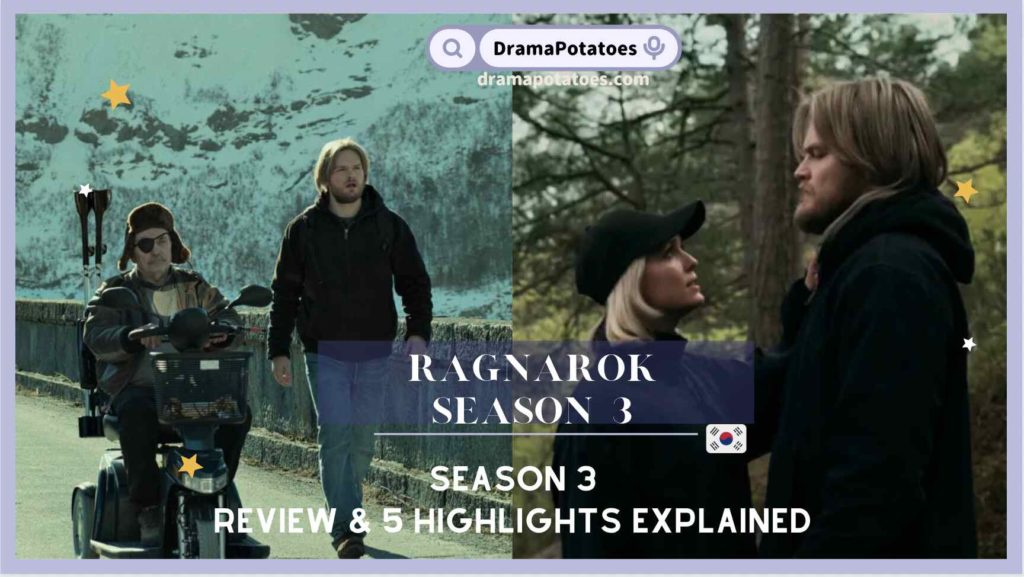
Ragnarok Season 3 – Loki strives to find a sense of belonging in two families.
In the second season of “Ragnarok,” Magne chose not to use Mjolnir in order to redeem his betrayed brother. Loki, who has connections with both the giants and Magne’s family, is revealed to be born from Víðarr violating Magne’s mother. In the first episode of “Ragnarok Season 3,” viewers can see Fjor giving money to Laurits (Loki), who then releases a white snake into the lake.
This white snake is called “Jormungandr” in Norse mythology and is one of Loki’s children. Jormungandr is an enormous serpent and the archenemy of Thor, the most powerful Thunder-God among all gods. During the final battle of Ragnarok in Norse mythology, Jormungandr resonates with evil forces on Earth and arrives in Asgard to declare war against the gods, specifically targeting Thor due to their deep-rooted enmity.
Thor deeply understands the power of the serpent and does not dare to underestimate it. He throws Thunder-God’s hammer at Jormungandr three times, but Jormungandr cleverly avoids them. The serpent also fights back by spewing venom at Thor continuously. In the end, Thor successfully strikes the serpent with his mighty hammer, but he is also poisoned by its venom. As a result, both of them perish in battle.
In”Ragnarok Season 3“, Laurits releases this snake (which is Loki’s own son and appeared from Loki’s body in Season 2 of “Ragnarok”). However, since Magne faces the giants without any means to fight them using civilization, he decides to pick up a war hammer as well. He struggles with the choice of wanting to protect his brother or all residents of Edda.
Therefore, in Episode 1 of “Ragnarok Season 3,” Magne works hard to find witnesses who can testify against Jutul Industries. He believes that this is a win-win situation where he can fight against evil forces while protecting his brother as well.
I personally really like how the scriptwriter of “Ragnarok Season 3” portrays Laurits’ sense of confusion and lack of belonging. In my impression, Loki is a cunning and mischievous character who likes to cause trouble for others, just like Laurits in the series. However, I appreciate how the scriptwriter presents Laurits’ vulnerability and inner world in “Ragnarok Season 3”.
When Laurits had to move out because of an argument with Magne in the first episode, he was not accepted by the giant family and ended up sleeping on the streets. What happened to Laurits’ inner self during this time? From a psychological perspective, someone who constantly seeks attention and wants to be king is often trying to hide their own insecurities and fragility.
In terms of the storyline, one key reason why Laurits chose to help Fjor instead of Magne is that he wanted power and status which Fjor’s family could provide him with. However, being Víðarr’s illegitimate child made him unaccepted by his biological family as well. With Magne being excellent and obedient, it seemed like Laurits didn’t have any presence or parental affirmation anymore. Therefore, he constantly opposes Magne as a way to show his own weakness while also wanting to arm himself.
The story arc given by the scriptwriter for Laurits in “Ragnarok Season 3” is quite poignant. He always searches for someone who can accept him for who he truly is. Jens’ appearance brings about some happy moments for Laurits; he chooses to confess his true identity to Jens which is beautiful in its own way.
As Eman said: “Love can start wars but it can also end them.” The scriptwriter uses Laurits’ love for Magne as family and his desire to protect Jens as a means to rectify war situations throughout the series. So when Magne loses Mjolnir in the fourth episode, it’s as if he has lost everything and becomes frantic.
However, Laurits says “violence cannot solve everything,” which is why he gives Fjor the hammer spat out by Jormungandr and makes a new agreement with him to not harm his family. This represents Laurits’ way of resolving conflicts in war and signifies that he has found his sense of belonging.
Ragnarok Season 3 – Ragnarok is also equivalent to a modern version of eradicating evil for humanity.
Overall, if we look at it, in the context of modern times, the natural disasters mentioned in “Ragnarok” probably refer to environmental pollution such as “glacial melting,” “global warming,” and “water contamination.” In addition to these, Ragnarok in this series is also equivalent to a battle between giants and gods.
In Season 3 of Ragnarok, humans retreat one by one without daring to confront Jutul out of fear – fear of being targeted and fear of affecting others who cannot survive without jobs. I think Magne’s confrontation with Ragnarok is not only about facing the giants’ Ragnarok but also a war against Jutul Industries on behalf of humanity in modern times.
The character Magne created by the screenwriter has a background inspired by Norse mythology’s Thor. Like Thor, Magne is responsible for overseeing warfare and agriculture as a god whose duty is to protect the safety of the realm of gods and inspect farming activities on Earth. He becomes an important figure maintaining order in this world. Throughout the plot, we can see that Magne himself disapproves of Jutul’s destruction of the environment. Thus, he embodies Thor’s responsibilities.
I quite like how the screenwriter incorporates Nordic mythology into modern society. It allows us to feel that our daily lives are like alternative battles and struggles with the world around us. In ancient times, good and evil were balanced through forceful means; however today, good and evil are mostly resolved using non-violent methods. Despite entering civilization, human nature has not evolved when it comes to goodness or wickedness; it remains rooted in its most primitive state.
Ragnarok Season 3 – Are humans willing to step up and become a force against evil forces?
I think “Ragnarok Season 3” is really great. I remember in the first season of “Ragnarok,” there was only one female student, Isode, who cared about Edda’s environmental issues. And that girl died. Magne was very sad because Isode was his only friend. Here, I want to briefly mention the story of Isode in the first season of “Ragnarok.”
In fact, Isode’s death is related to Jutul Industries because her mother got cancer from drinking contaminated water by Jutul Industries. In the first episode of “Ragnarok” Season 1, Isode collected samples from a glacier that were contaminated by Jutul Industries and she mysteriously died afterward.
Magne actually realized later on that Isode’s death wasn’t simple, but he couldn’t find any evidence. Therefore, in “Ragnarok Season 3,” I quite like how the writers intertwined the storyline of “environmental pollution” to closely connect with Magne’s unfinished wish for Isode.
I feel that in “Ragnarok Season 3,” the writers portrayed Magne’s resentment towards giants not only as an opposition from Norse mythology but also as a sense of mission to drive out evil forces and his longing for human emotions.
So in “Ragnarok Season 3,” viewers will see right from the beginning that Magne is constantly searching for witnesses who can prove that Jutul Industries makes people sick and causes deaths. However, all humans whom Magne encounters are afraid of confronting evil forces.
Through Mari’s death, the writer emphasizes humanity’s fear of resisting evil forces because humans have no weapons or power; they are defenseless and lack means to fight against evil forces.The writer cleverly portrays human vulnerability and helplessness when facing evil forces.
Ragnarok Season 3 – Did Magne become a blind follower controlled by power?
Magne mentioned, “You guys have money and power, while I have nothing.” I think the writer did a great job in designing Magne’s wavering against evil forces. In Episode 2 of “Ragnarok Season 3,” Magne finds himself in a helpless situation as his mother gets fired by Fjor, leaving his family impoverished.
However, when Saxa offers her credit card to Magne, he accepts it without hesitation, momentarily disregarding his sense of justice. Magne even says, “Don’t you understand that I don’t want to be weak anymore?” The first half of “Ragnarok Season 3” showcases how Magne can suppress the superiority complex of the Jutul family with his hammer.
This is why Vidar remarks, “You possess the most powerful weapon in the world but use it like a cheap switchblade to threaten others. You enjoy your power and use it for extortion.” Through several scenes, the director portrays Magne’s prideful demeanor. The written character of Magne ultimately represents a human being with emotions and desires; therefore, faced with such power at hand, he takes pride in surpassing evil forces. This kind of arrogance is well-executed because it allows us to see a fleshed-out version of Magne rather than just a typical righteous hero figure.
Saxa also mentions that back then he was just an insecure boy lacking self-confidence and struggling with reading difficulties but now he has changed; he can do whatever he wants. These words indicate that Magne is being tempted and influenced by these temptations.
Furthermore, since Magne cannot share his identity and feelings with Signy (Saxa), it signifies that all his worries and troubles must be dealt with internally alone—this emptiness and loneliness are precisely where Magne is most vulnerable and easily manipulated through Saxa’s seduction tactics.
“Why do you see yourself so low?” is the main reason for Magne’s increasing disillusionment. In Episodes 1 and 2 of “Ragnarok Season 3,” the writer clearly emphasizes that Magne despises being exploited and controlled. Why does Vidar say that Mjolnir (the hammer) is using Magne?
It’s because Magne’s heart has already been kidnapped by Mjolnir—the existence of the hammer strengthens his arrogance. Throughout the plot, we can see a gradual decrease in Magne’s communication with others; everything is resolved through the use of his hammer (physical strength). He threatens Fjor, Ran, his mother, and even Laurits with it. The power and arrogance possessed by Magne gradually consume him to the point where he loses his true self—hatred fills his mind while forgetting genuine communication with others.
Ragnarok Season 3 – What makes Thor become Thor?
“Ragnarok Season 3” ending was quite good in my opinion, tightly grasping the emotions of ‘family’ and ‘love’. The occurrence of Ragnarok initially stemmed from the protection of one’s own family and lineage. This kind of love can trigger hatred towards enemies, thus leading to war. In the plot of “Ragnarok Season 3“, I quite liked how the screenwriter resolved conflicts and wars between characters through their love for each other.
I really enjoyed Odin’s wisdom brought forth in Episode 5 of “Ragnarok Season 3” : ‘Loving a battle hammer is like loving a person. What happens if you don’t know how to let go? Possession can blur love, what happens when one becomes obsessed with love? Fear losing freedom.’ Are you willing to face your greatest fear without relying on a battle hammer? ‘We all fear disappointing those we love; that is life.’
Magne’s inner fears are intangible, and the screenwriter portrays Magne’s fears through his storylines of losing love and betraying loved ones, as well as his reluctance to let go of the battle hammer. The screenwriter uses Magne as a character to bring out both his personality and that of Thor from Norse mythology. In the first half of “Ragnarok Season 3“,Magne is similar to Thor at the beginning – excessively believing in his own power – so he refuses to repent or admit mistakes even when he makes significant errors himself.
In Episode 5 of “Ragnarok Season 3“,Odin teaches Magne a lesson; this also reflects Odin’s education towards his son in mythological stories. Thor’s power does not come from Mjolnir but rather courage, shouldering responsibility, understanding that one’s power doesn’t come easily; it is precisely because power doesn’t come easily that it should be cherished and restrained for the right purposes.
The screenwriter also uses the scene where Thor once lost everything in Norse mythology to teach Magne about the terrifying aspect of losing power, because without power, no one can protect and defend anything. It is through the ups and downs and transformations along this journey that Magne becomes more mature.
Therefore, Episode 5 of “Ragnarok Season 3” is quite special; the gods put down their weapons and find alternative ways to confront Ragnarok, setting aside anger. I really like a theory from ‘The Art of War’ by Sun Tzu which Jens’s thoughts are essentially based on – Sun Tzu believes that it is best not to trigger war if possible; achieving peace is also a result of warfare. Just as Jens says: ‘If there’s a way to stay alive, why should everyone go die?’ Hence, in the final episode of “Ragnarok Season 3“,Magne also decides not to wage war but rather achieve peace through peaceful negotiations so that both sides can protect what they want.”
In the final episode of “Ragnarok Season 3,” I initially wondered why the writer decided to have an extra episode when the war seemed to have already ended. What could they possibly say? But the last episode was truly impressive (although some people might find it infuriating)!
Personally, I believe that a proper conclusion is crucial, and in Magne’s case, he ultimately couldn’t accept having to let go of his powers. So when he saw those Thor comics, they became more like memories (in reality, Ragnarok only happened in Magne’s mind). It was a manifestation of Magne’s attachment to his powers and identity. However, through a series of imagined Ragnaroks, the writer portrayed that violence only brings more harm and can never lead to peace.
In the end, Magne imagines himself being wounded by Jormungandr but in real life it is actually Signy who catches him. This scene symbolizes Magne’s inner rebirth and aligns with what Iman said about love being able to both ignite and end wars. For Magne, Signy catching him signifies finding purpose in life beyond being Thor’s embodiment or possessing his powers.
The true Thor doesn’t even need weapons; bringing peace is the best ending (just like every character letting go of hatred and cherishing their loved ones – that’s what life is about). Therefore, when Magne throws away the Thor comics, it represents him no longer clinging or fantasizing about being Thor or having his powers; instead, he decides to be himself and live his own life.
However, this kind of conclusion also symbolizes that deep down inside Magne is still an insecure child because he lost his father and moved to this place. He harbors resentment towards this place as well as high expectations for himself as the eldest son – hoping he could possess power like Thor does so he can control things. Hence these imaginings in his mind are somewhat like self-comfort and protection mechanisms.
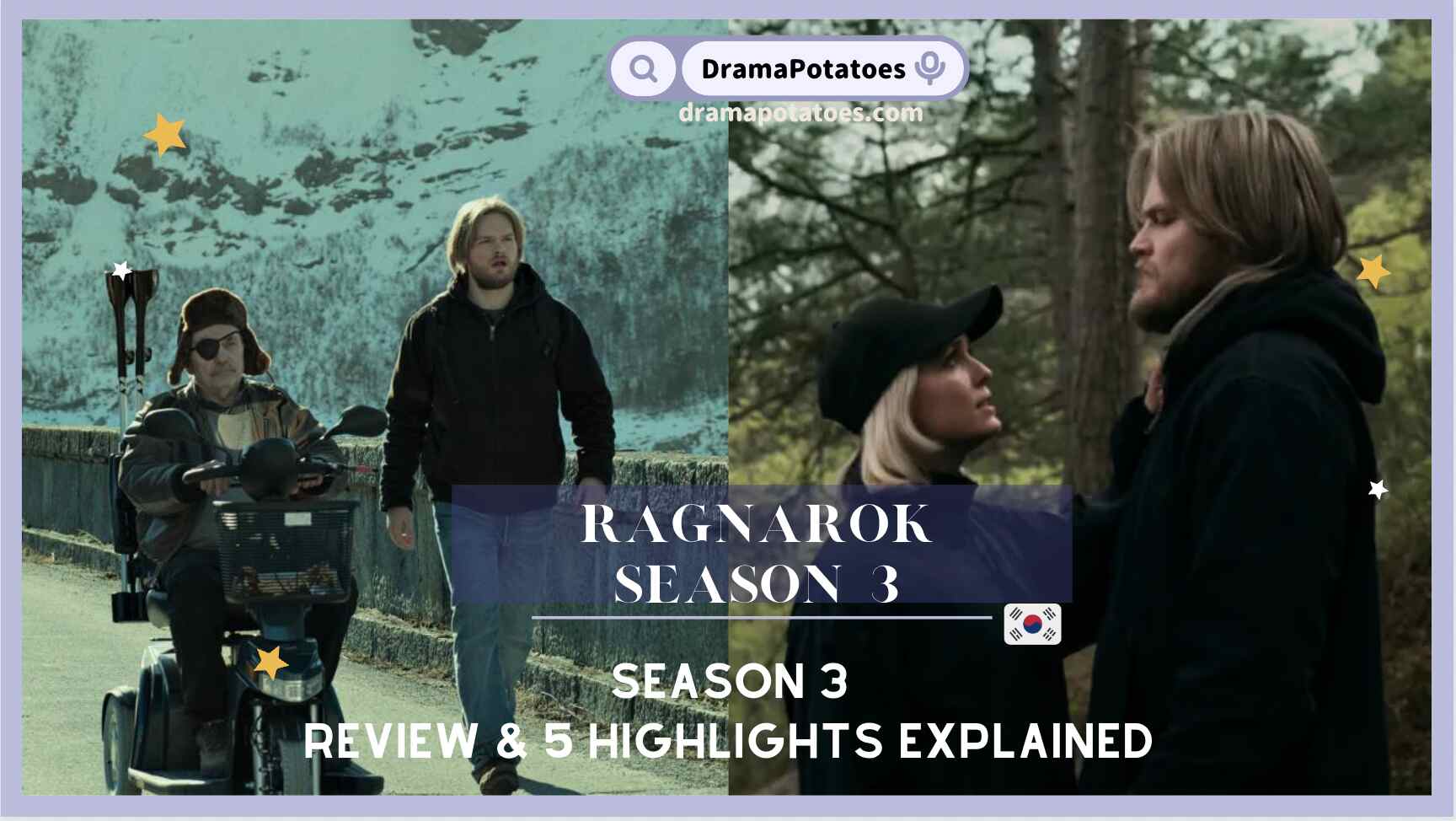
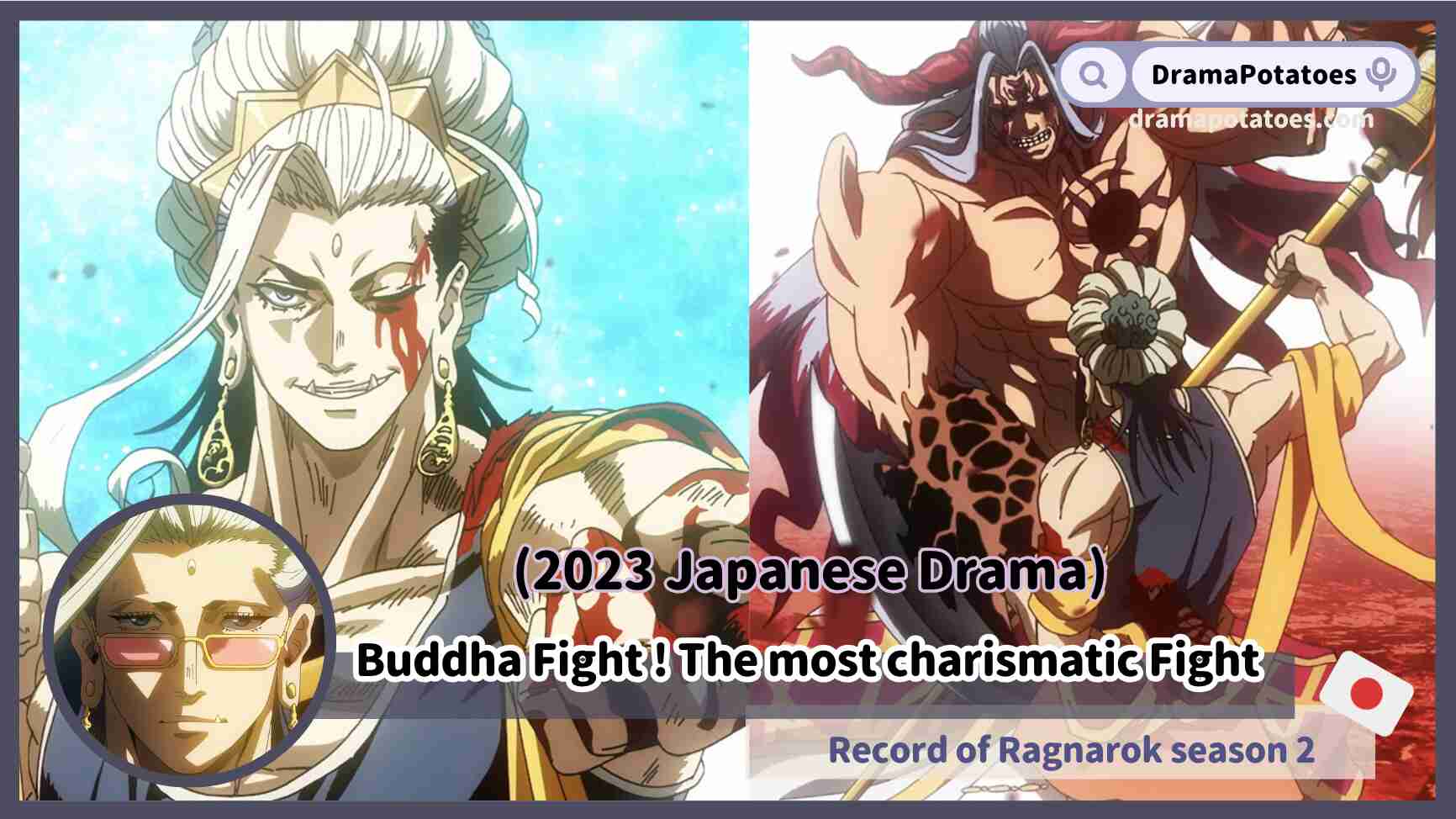



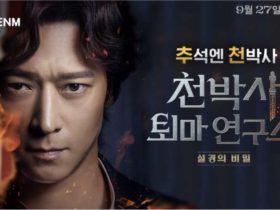













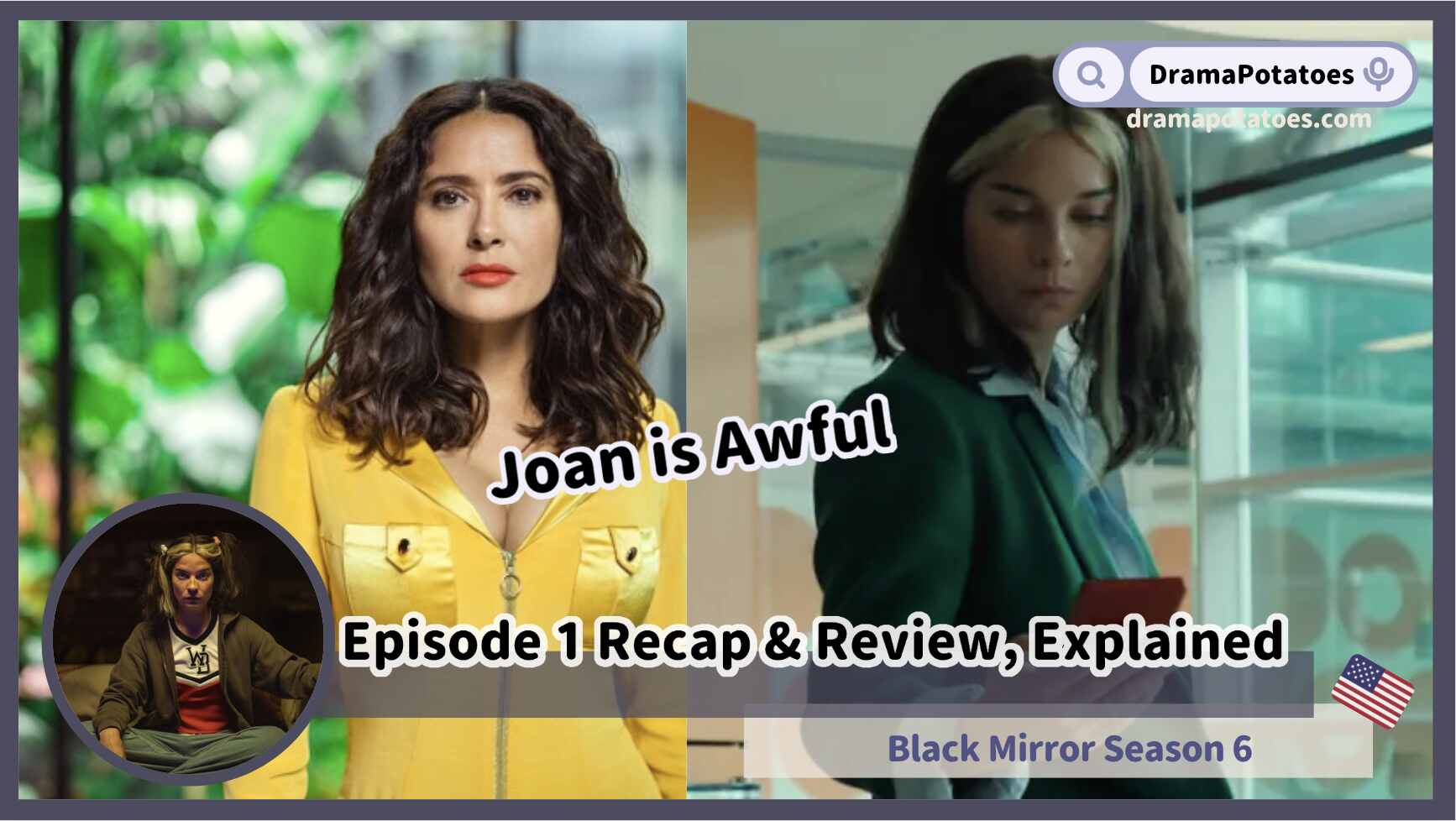

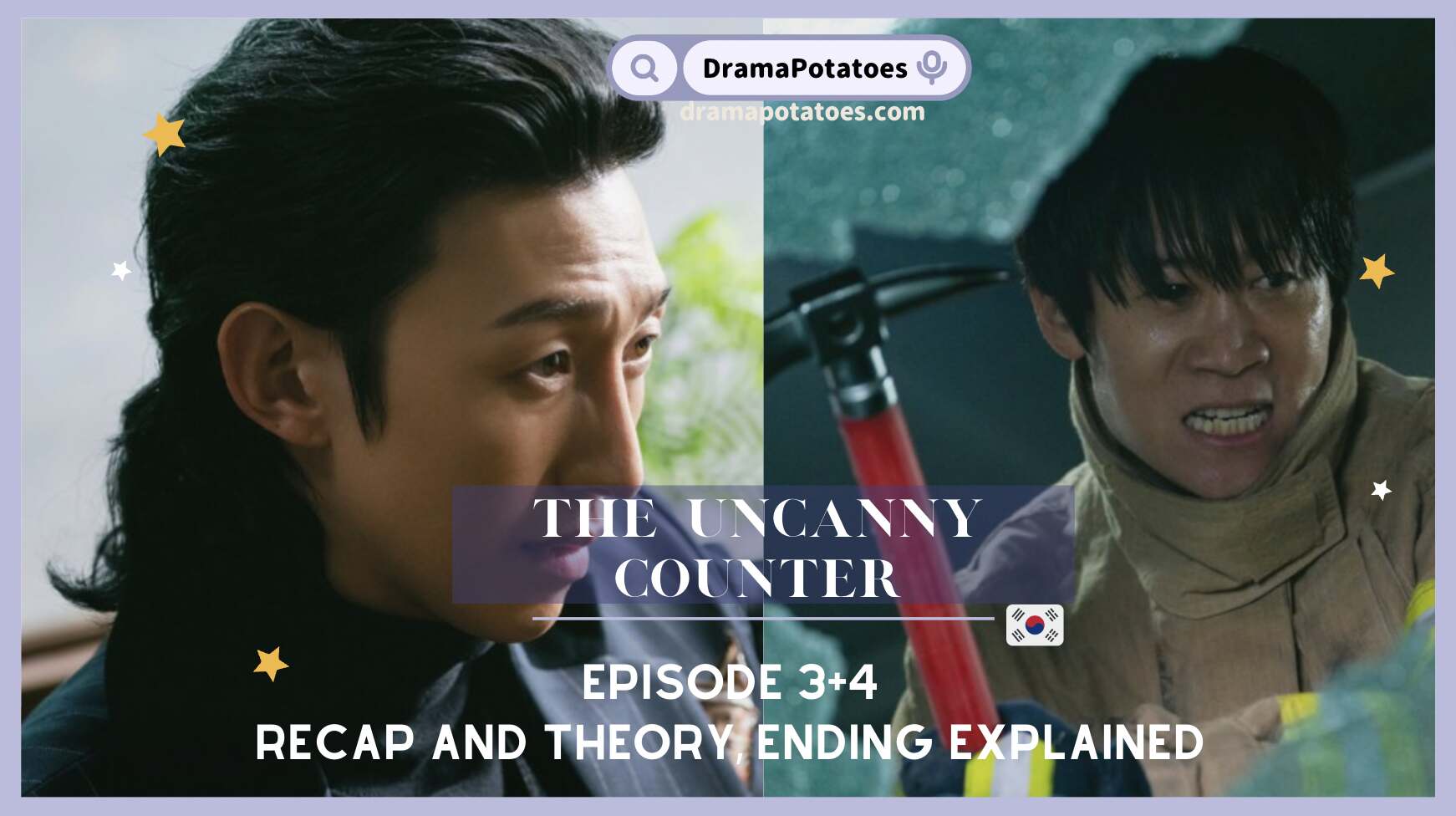

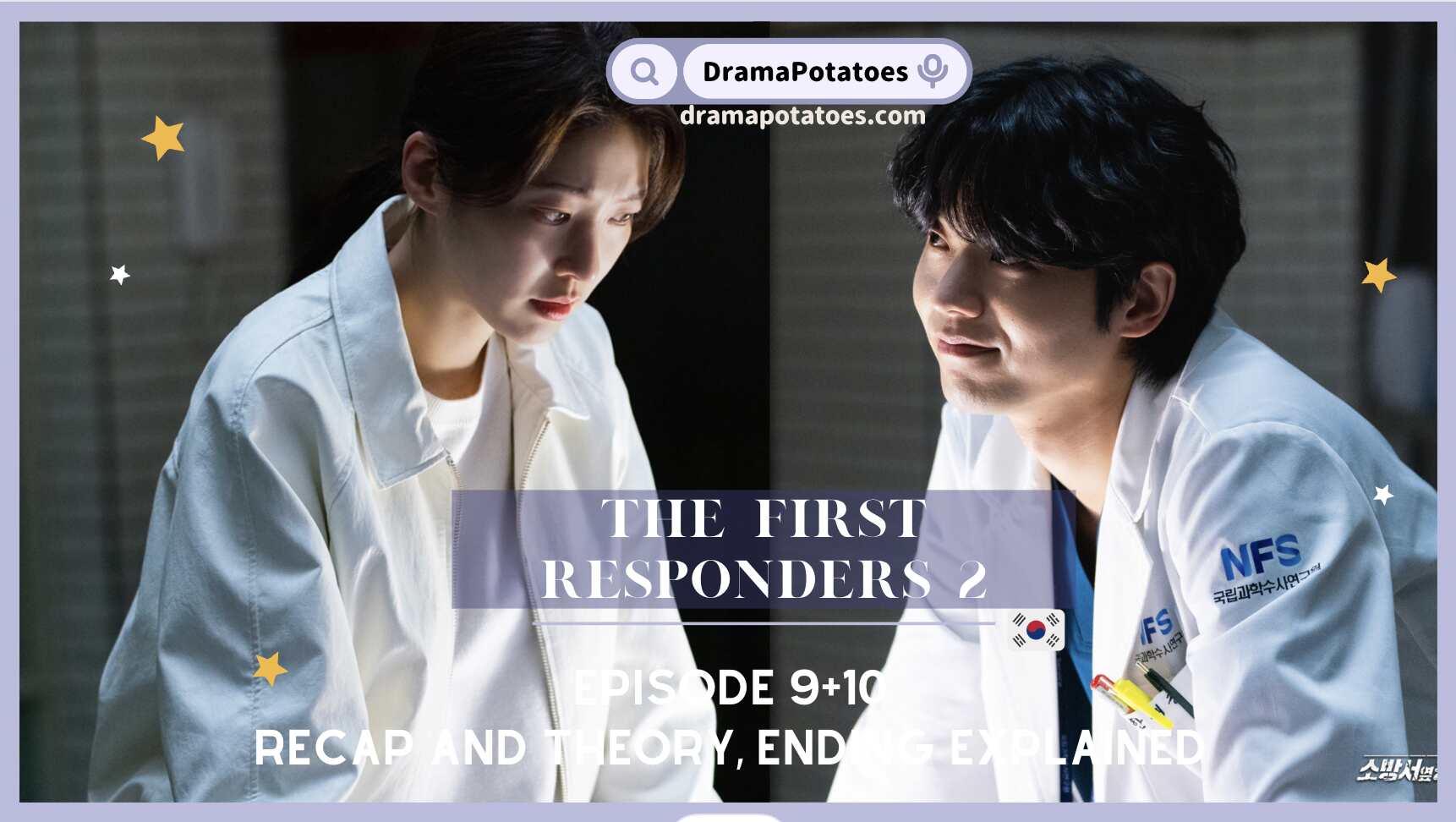
FIND US ON SOCIALS